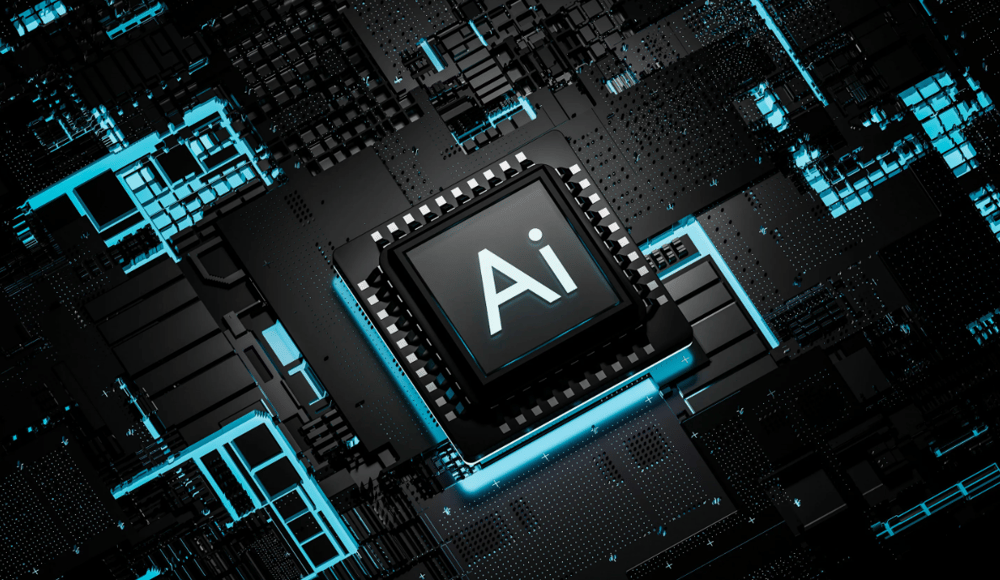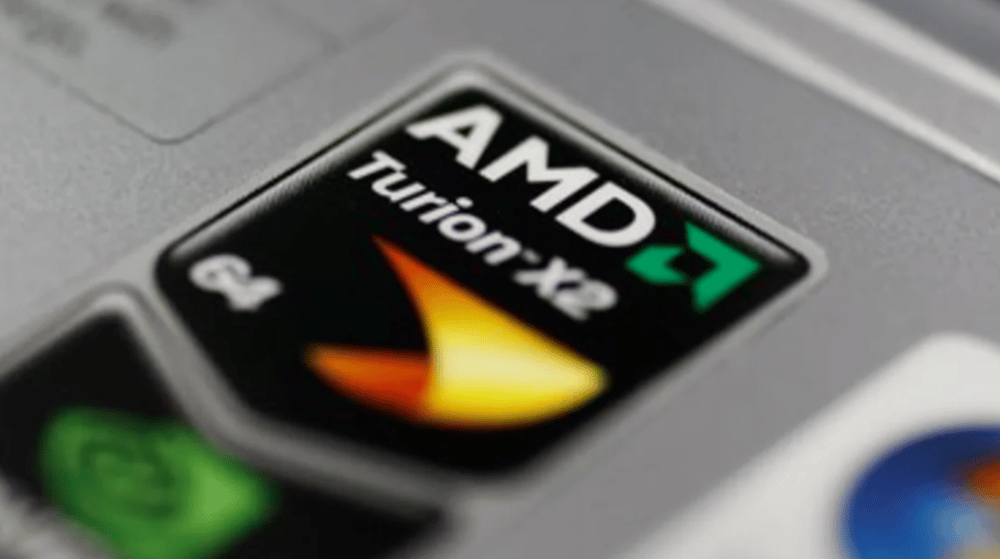AMD Strengthens AI Chip Ambitions Through Startup Alliances and Software Expansion
Advanced Micro Devices Inc. $AMD is intensifying its push into artificial intelligence (AI) by cultivating deep partnerships with emerging AI startups and enhancing its software capabilities. As the demand for alternatives to Nvidia's $NVDA dominant GPU offerings grows, AMD is working to position itself as a credible contender in the AI semiconductor space. The company’s recent acquisitions and platform developments reflect a strategic pivot aimed at accelerating adoption of its AI hardware and software ecosystem.
Core Developments — Strategic Acquisitions and the ROCm Ecosystem
To compete effectively in the rapidly expanding AI chip market, AMD is addressing a critical gap: software. While AMD has made significant strides in hardware, particularly with its MI300 series chips, it recognizes that robust software support is essential for widespread developer adoption.
In recent weeks, AMD has acquired several niche software companies, reinforcing its engineering talent pool and advancing its open-source ROCm (Radeon Open Compute) software stack — a critical component in optimizing performance for AI workloads. This software is integral to enabling AI models to fully utilize AMD hardware, particularly for tasks like model training and inference.
Simultaneously, AMD has secured partnerships with a number of AI-focused startups. These alliances are designed to create a feedback loop between chip developers and software innovators, allowing AMD to fine-tune its chips to real-world machine learning demands. Furthermore, the company recently acquired ZT Systems, a server manufacturer, which bolsters its hardware capabilities and signals a commitment to building integrated AI platforms from silicon to system.

AMD’s AI Strategy at a Glance
🤝 Formed strategic partnerships with emerging AI startups
💻 Acquired several software firms to expand ROCm capabilities
🖥️ Purchased ZT Systems, strengthening its server hardware portfolio
🧠 Focus on AI developer ecosystem, aiming to rival Nvidia’s CUDA dominance
🔄 Software-hardware integration central to long-term AI chip roadmap
📈 Targeting hyperscalers and enterprise AI applications
Market Positioning and Industry Reactions
AMD’s efforts are being closely watched by investors and industry analysts. With Nvidia’s CUDA platform enjoying near-monopolistic status in AI development, any viable challenger must offer both competitive hardware and a frictionless software development experience. AMD’s ROCm still trails behind CUDA in terms of adoption, documentation, and developer tools — but recent improvements suggest the gap may narrow.
The company’s acquisition strategy signals a long-term commitment to AI and positions AMD as a more vertically integrated competitor. By aligning with early-stage AI firms, AMD gains insight into cutting-edge use cases and unaddressed performance pain points. This also increases the likelihood that AI workloads are developed and optimized directly for AMD chips.
Wall Street has responded cautiously but positively to AMD’s AI narrative. While NVDA remains the leader in the AI GPU segment, analysts note that hyperscalers and AI startups alike are looking for diversification in chip supply chains, driven by both pricing and geopolitical considerations. AMD, with its growing capabilities, could become a second-source supplier in AI infrastructure.

Key Takeaways — Strategic and Market Implications
AMD’s AI strategy hinges on software optimization, particularly through ROCm.
Acquisitions aim to enhance both talent and toolchains in the AI development lifecycle.
Partnerships with startups provide critical use-case feedback for chip customization.
ZT Systems acquisition deepens AMD’s vertical integration in AI hardware delivery.
Broader market trends indicate demand for Nvidia alternatives, which AMD is poised to serve.
AMD’s Bid to Emerge as a Viable AI Chip Challenger
Advanced Micro Devices is clearly betting on an integrated approach to artificial intelligence: combining advanced hardware, strategic acquisitions, and a renewed focus on software. While Nvidia continues to dominate the AI chip landscape, AMD’s strategy of leveraging startup partnerships and expanding ROCm is beginning to gain traction.
By fostering innovation across the AI stack — from silicon to developer experience — AMD is moving beyond its legacy as a CPU and GPU manufacturer and toward becoming a full-spectrum AI infrastructure provider. The next phases of this transition will likely determine whether AMD can meaningfully close the competitive gap with Nvidia in the high-growth AI segment.















Comments
Forward-thinking strategies are clearly becoming a driving force behind expansive financial growth in automation sectors
AMD's bold push into AI could redefine competition in the semiconductor landscape.